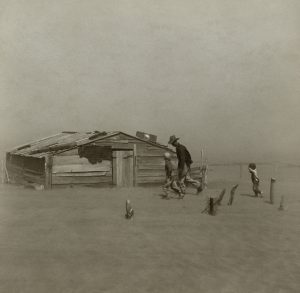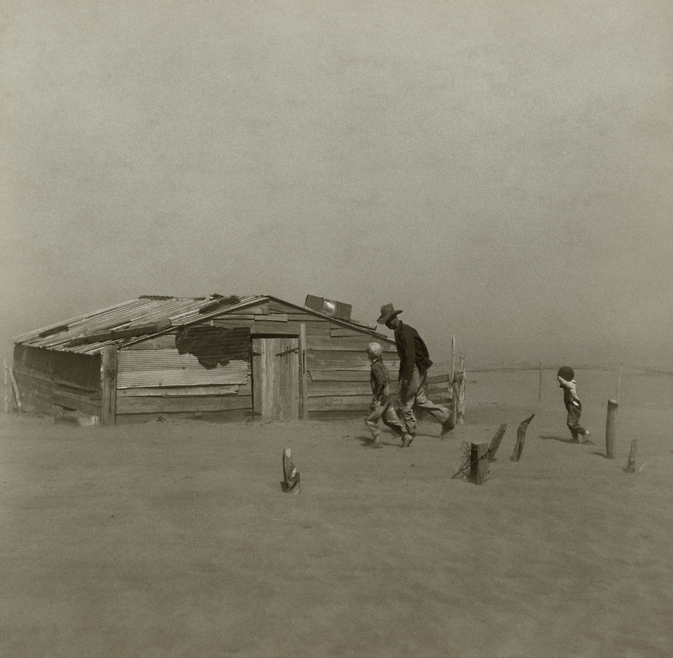On July 23, 1934 seven states were over 110F. A new study using a reconstruction of North American drought history over the last 1,000 years found that the drought of 1934 was the driest and most widespread of the last millennium.
Eighty percent of the US was in drought during July 1934 #ClimateScam https://t.co/bqcfGE01N0 https://t.co/xpdqa2yTYW pic.twitter.com/UIRJ980y6P
— Tony Heller (@TonyClimate) July 23, 2023
Using a tree-ring-based drought record from the years 1000 to 2005 and modern records, scientists from NASA and Lamont-Doherty Earth Observatory found the 1934 drought was 30 percent more severe than the runner-up drought (in 1580) and extended across 71.6 percent of western North America. For comparison, the average extent of the 2012 drought was 59.7 percent.

“It was the worst by a large margin, falling pretty far outside the normal range of variability that we see in the record,” said climate scientist Ben Cook at NASA’s Goddard Institute for Space Studies in New York. Cook is lead author of the study, which will publish in the Oct. 17 edition of Geophysical Research Letters.
Two sets of conditions led to the severity and extent of the 1934 drought. First, a high-pressure system in winter sat over the west coast of the United States and turned away wet weather – a pattern similar to that which occurred in the winter of 2013-14. Second, the spring of 1934 saw dust storms, caused by poor land management practices, suppress rainfall…
…Dust storms like the ones in the 1930s aren’t a problem in North America today. The agricultural practices that gave rise to the Dust Bowl were replaced by those that minimize erosion. Still, agricultural producers need to pay attention to the changing climate and adapt accordingly, not forgetting the lessons of the past, said Seager. “The risk of severe mid-continental droughts is expected to go up over time, not down,” he said.NASA
Twenty-nine states were over 100F, and forty states were over 90F. US heatwaves were much worse prior to 1960.
- MO 113
- IN 112
- SD 112
- CO 111
- AR 110
- MS 110
- ND 110
